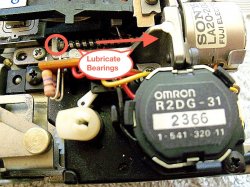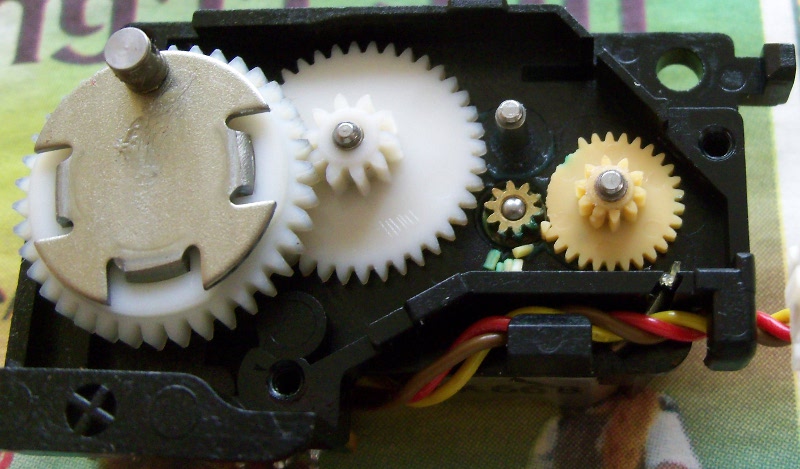Hi all,
The floppy in my Mac Plus was obviously seized up, so I attempted the relubrication procedure described here:
http://68kmla.org/wiki/Floppy_Drive_Lubrication
It did not fix my drive, but it DID fix the eject mechanism. I could put disks in, they would fail to format, and then I could eject them.
However, disaster struck, because about 10 minutes after I turned it on, the eject motor is spinning all the time. I have tried taking the Mac apart again, but I couldn't see anything different in the drive to how it was when I put it in.
What have I ****ed up? Is there any hope for the floppy drive, and, indeed my Mac Plus?
Thanks,
Daniel
PS What happens if I simply disconnect the floppy drive, will the Mac still boot from the HD?
PPS. THe screen seems to work very well after the Mac warms up. I know this won't last for ever, but I'm leaving it like this for now.
The floppy in my Mac Plus was obviously seized up, so I attempted the relubrication procedure described here:
http://68kmla.org/wiki/Floppy_Drive_Lubrication
It did not fix my drive, but it DID fix the eject mechanism. I could put disks in, they would fail to format, and then I could eject them.
However, disaster struck, because about 10 minutes after I turned it on, the eject motor is spinning all the time. I have tried taking the Mac apart again, but I couldn't see anything different in the drive to how it was when I put it in.
What have I ****ed up? Is there any hope for the floppy drive, and, indeed my Mac Plus?
Thanks,
Daniel
PS What happens if I simply disconnect the floppy drive, will the Mac still boot from the HD?
PPS. THe screen seems to work very well after the Mac warms up. I know this won't last for ever, but I'm leaving it like this for now.





